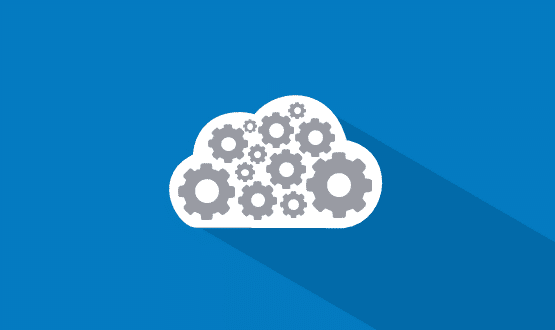Why now is the perfect time for a digital layer for the NHS
- 19 August 2021

David Price, director of UKCloud Health, explores why now might be the perfect time for a digital layer across the NHS to help revolutionise patient care.
Past efforts to digitise the NHS have failed to deliver a widespread digital transformation, creating eyewatering costs and failing to overhaul legacy structures.
The National Programme for Information Technology (NPfIT), abandoned by the Government in 2011, still looms large as a cautionary tale. But building a future-proofed, digital layer for the NHS has never been more important in the wake of Covid-19 and has the potential to revolutionise patient outcomes.
Historic obstacles to progress
The siloed nature of the NHS into trusts and the fact that most procured IT solutions lock data into proprietary formats have frustrated previous digitisation attempts.
A dependency on vendor-locked applications and continuity systems is commonplace and data is typically held in individual EPR silos. Taken as a whole, the current model has increased costs, prevented easy analysis and accessibility of data, and limited innovation. These challenges have been exacerbated where technology knowledge gaps, existing procurement processes and governance issues hamper implementing a trust-wide solution.
If we are to better use data and improve patient outcomes, we must build an open, future-proofed digital framework, which has cloud computing at its core. Ambitious new infrastructure can allow the effective hosting of third-party solutions, digitise records, update legacy systems, and allow for the integration of new digital services.
Harnessing momentum
There has never been a better time for rapid technological transformation.
Since March 2020, the pandemic has stress-tested existing infrastructure across the NHS and demonstrated its remarkable efficiency in the face of a crisis. We have seen first-hand how public sector healthcare strategies can happen at pace if resources are mobilised effectively.
Covid-19 has revealed just how crucial data-driven decision-making is across the healthcare sector – data has been the pivotal factor in the Government’s response to the crisis, underpinning communications, public policy, and the successful vaccination drive. Much of the Government’s research data on Covid-19 variants resulted from cloud computing platforms being built by providers.
Amid Covid-19, there is clear political momentum to forge a digital future for the NHS and improve data architecture on a trust-wide basis. This was evident in March when the former health secretary outlined a vision for a “consistent data platform” across the NHS, hosted separately and securely in the cloud.
Similarly, the “Data Saves Lives” strategy rightly recognises the importance of digital transformation if we are to use data more efficiently and transparently. By removing the siloing of data, separating patient data from the application layer, and moving beyond EPRs, data can be made more accessible, in a transparent way, to both citizens and medical practitioners.
Multi-cloud foundation
Multi-cloud computing infrastructure will be pivotal if the government is to harness this momentum and implement its strategy. Adoption of multi-cloud platforms would act as an engine to ameliorate clinical workflows and improve diagnostic ability; Trusts would be truly able to realise the potential of patient data, accessing and linking medical records in rapid fashion and processing data to receive clear, actionable information. In this context, data would be treated as an invaluable national asset.
Given the growing propensity of hostile state actors to target the healthcare sector through ransomware, a move to secure cloud platforms would further provide the robust security that sensitive data requires.
Unlocking the value of data
A strong, future-proofed digital layer for the NHS, with secure multi-cloud computing at its heart, will revolutionise patient outcomes and truly realise the potential of data.
Unlocking the value of data will not only drive countless small-scale improvements, such as providing efficient access to patient data for appointments, but also life-changing impacts for patients, by improving diagnostic capabilities and catching critical conditions at an early stage.
We must harness the current political momentum, put cloud computing at the heart of a new digital transformation strategy and place crucial patient information at the fingertips of medical professionals, to capitalise on the fact that data really can save lives.





1 Comments
Yeah, yeah, yeah. Articles like this appear fortnightly. But nothing has actually happened intenty years, I too believe in motherhood. But something more is needed.
For something to happen, who is going to lead? The secretary of state? He has other things on his mind. NHSX, NHSDigital. Too techy, and they are broken reeds. The Trusts? Like herding cats. And they seem to believe that IT stops at the hospital gate. Microsoft? Heaven forfend!
And what standard should be used? There is one, FIHR, but most trusts would find it too much hard work. Alternatively, the solution are APIs and the creation of a Middleware industry. In which case, somebody would have knock a lot of heads together.
It will need blood sweat and tears, not just writing motherhood articles.
And what
Comments are closed.